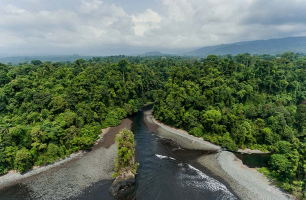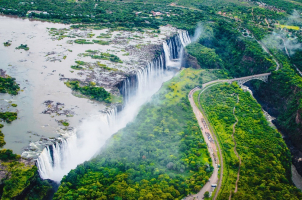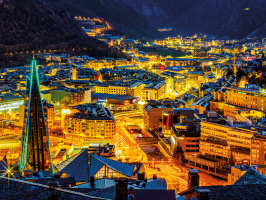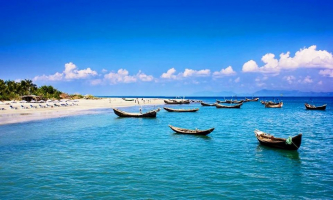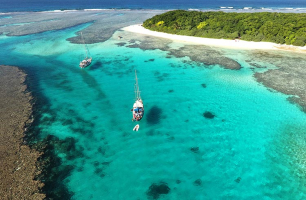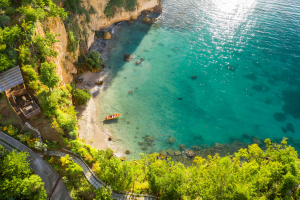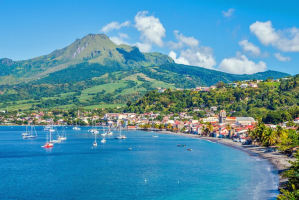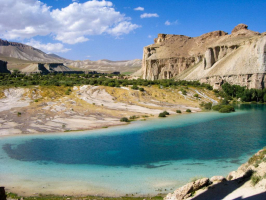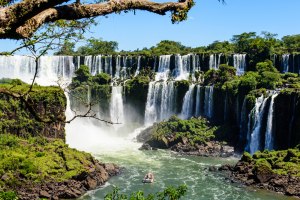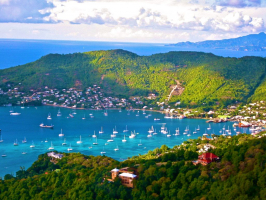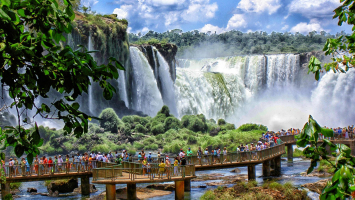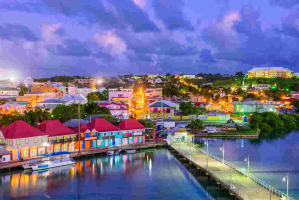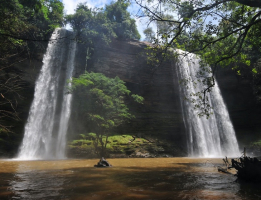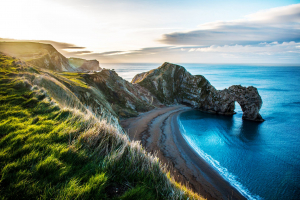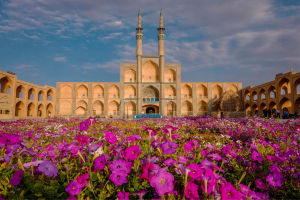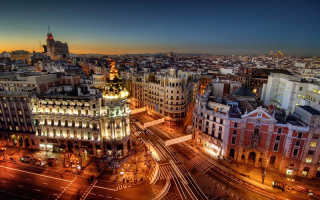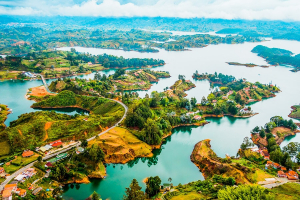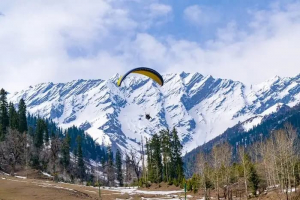Top 7 Best Tourist Destinations in Poland
Poland is a historic country with 14 UNESCO World Heritage Sites and a stunning natural landscape – mountains, national parks, jagged coasts, and some ... read more...surprising natural wonders like the world's oldest salt mine. It is the ideal destination for history aficionados and architecture lovers, with its medieval buildings, difficult WWII history, and many villages that appear to be frozen in time. The cities of Poland buzz with the energy of art and culture, and they're a terrific place to start exploring everything the country has to offer. Whether you're interested in history, art, or nature, this list of the best tourist sites in Poland can help you plan your trip.
-
The 13th-century Wieliczka Salt Mine is as important to the locals today as it was hundreds of years ago, but for a completely different reason. It was one of the world's oldest and longest-running salt mines until 1996, when it ceased commercial operations and became an artistic attraction.
The Wieliczka Salt Mine now houses four chapels, corridors, and statues carved into the rock salt walls. The original shafts and passageways of the mine, some as deep as 327 meters underground, have been reopened, allowing visitors to explore pits and chambers while walking past statues and alongside stunning architectural marvels. An underground lake glistens against the candlelit walls deep within the mine.
The Chapel of St. Kinga, a 12-meter-high chamber where everything — including the elaborate chandeliers and furniture — is made of salt, is the mine's main tourist attraction. The journey continues to the Erazm Baracz Chamber, where you'll discover a lake saltier than the Dead Sea, and concludes at a museum that explains salt mining and life in the mines.
- Official site: https://www.wieliczka-saltmine.com/
- Location: Jana Mikołaja Daniłowicza 10, 32-020 Wieliczka, Poland
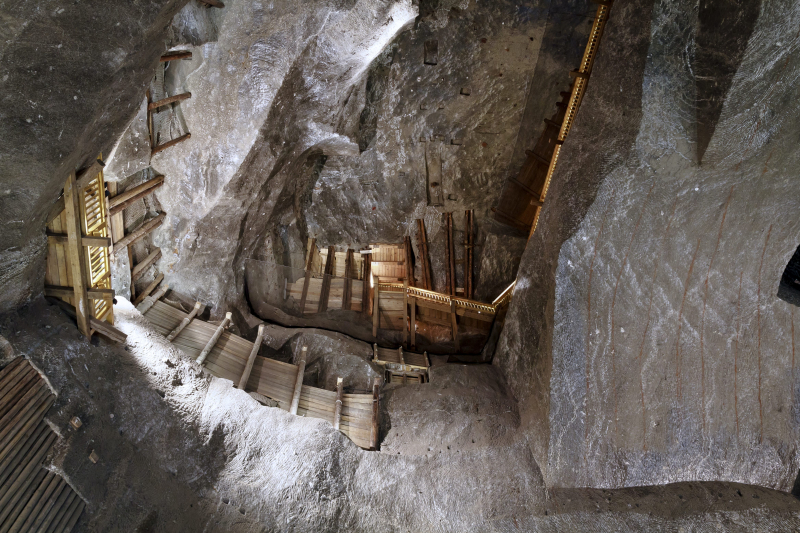
Photo: lonelyplanet.com 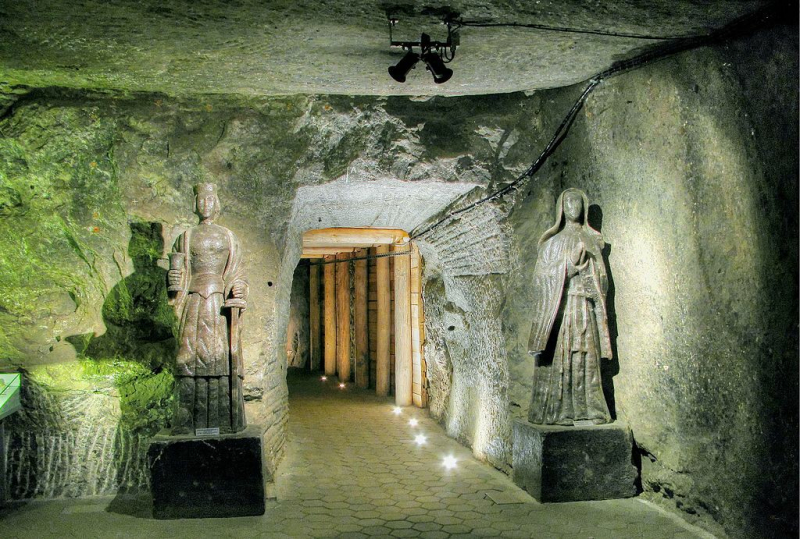
Photo: krakowcard.com - Official site: https://www.wieliczka-saltmine.com/
-
The Teutonic castle Europe is one of the most splendid castles with all their glory and charm in the quaint town of Malbork. The Teutonic Knights, a religious order that served as a crusading military unit, initially constructed this 13th-century Teutonic castle. Even though the castle began as a small fortification, it was eventually extended over the centuries to become a massive structure. Malbork Castle, once the biggest Gothic structure in Europe, is still the world's largest castle in terms of land area.
The castle is now a museum, with many of its original rooms immaculately preserved. A medieval kitchen with a six-meter-wide fireplace, a collection of armor and weapons, and the knights' private toilet at the top of a tower are among the highlights. Aside from historical collections, the castle also houses a number of exhibits, one of which demonstrates the conservation techniques used to restore the castle.
- Official site: http://www.zamek.malbork.pl/en
- Location: Malbork, Poland
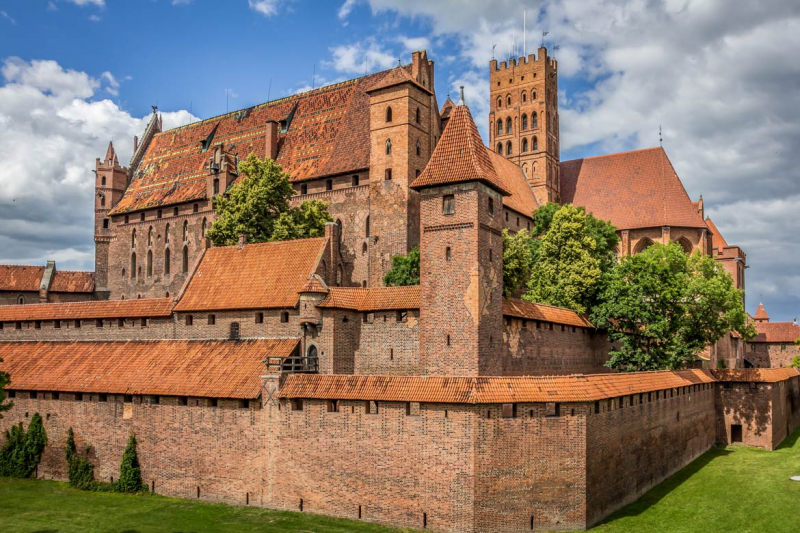
Photo: poland.travel 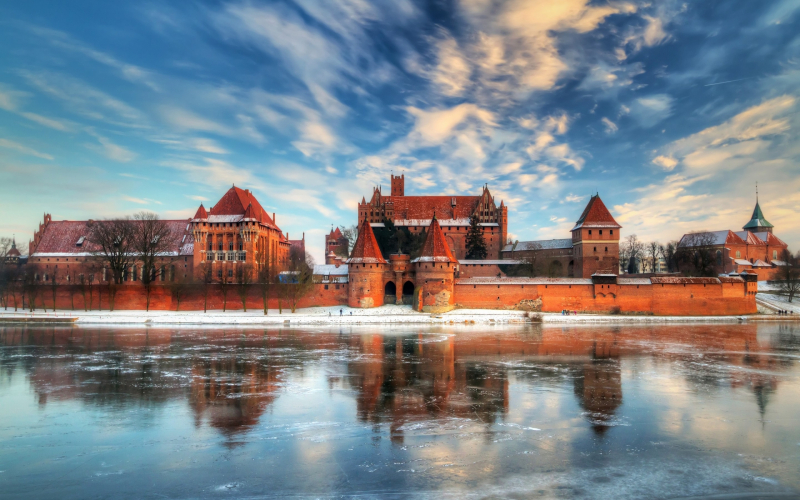
Photo: wall.alphacoders.com -
KL Auschwitz was the largest of the German Nazi concentration camps and extermination centers. Over 1.1 million men, women and children lost their lives here. The concentration camps of Auschwitz I and Auschwitz II–Birkenau are a different kind of must-see. The camps, located about an hour west of Krakow, provide a sobering look into the past. Over 900,000 Jews were brought to these camps from German-occupied countries between 1942 and 1944. Political prisoners, Roma, and people of various ethnicities were also detained here. Less than 10% of those brought here survived their stay.
As Soviet forces marched into Poland at the conclusion of the war, the Nazis demolished the gas chambers and crematoria before leaving. Despite the fact that they were able to damage and burn down part of the camp, many of the structures are still intact today. Only a guided tour of the camps, which contain over 300 barracks and hundreds of other buildings and crematoriums, is available.
- Official site: http://auschwitz.org/en/
- Location: Oświęcim, Poland
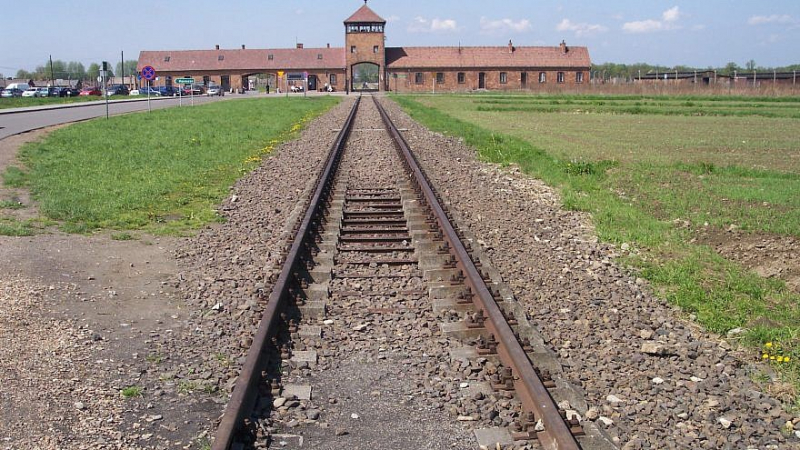
Photo: jewishexponent.com 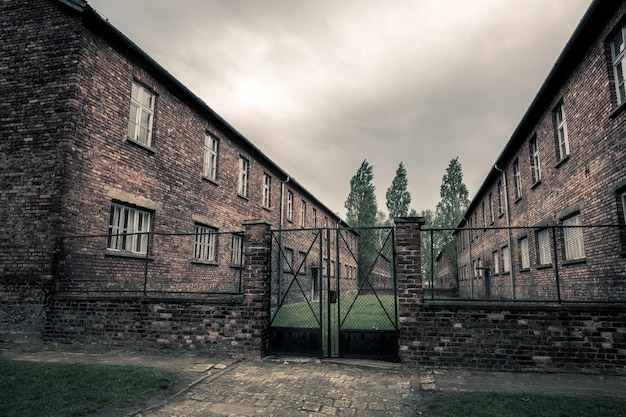
Photo: freepik.com -
Two museums have opened at Oskar Schindler's enamel and metal factory, which was made famous by Steven Spielberg's 1994 film. Schindler's former office — as well as part of the previous factory floor — has been turned into a branch of the Historical Museum of the City of Krakow. Schindler's former office, which has been preserved in its original state since World War II, is now a museum dedicated to his life and the lives of those he saved in this plant. A glass wall in the office known as the "Survivors' Ark" serves as a time capsule, filled with enamel pots similar to those made at the factory.
The rest of the factory houses a series of cinematic displays depicting Krakow during WWII and the Nazis' impact on the city's history as well as the lives of those who lived there. There are also several immersive stage-like reproductions of 1940s locales, ranging from a regular street to tram seats to a typical Jewish residence.
- Official site: https://www.muzeumkrakowa.pl/branches/oskar-schindlers-factory
- Location: Lipowa 4, 30-702 Kraków, Ba Lan
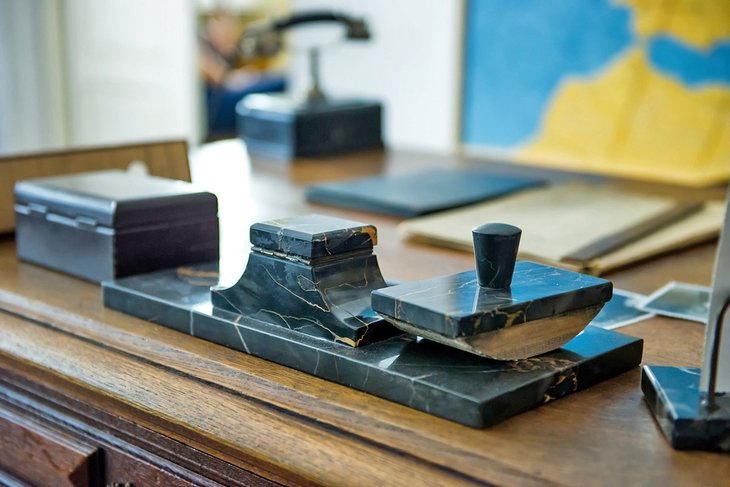
Photo: planetware.com 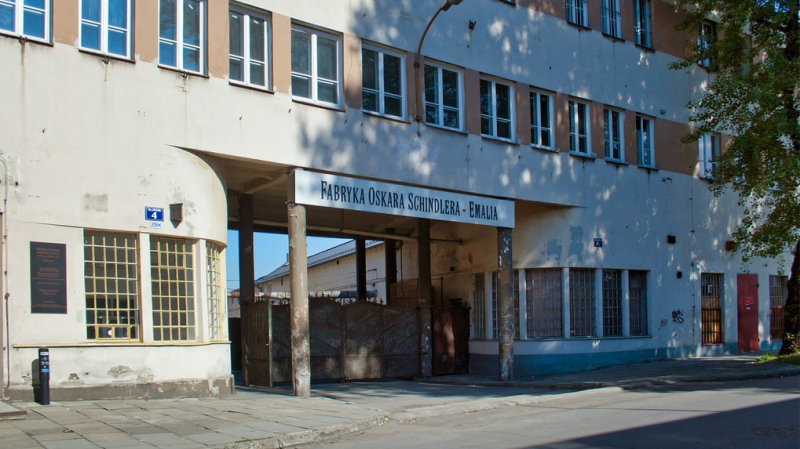
Photo: schindlers-factory-tickets.com -
This is a museum commemorates the Warsaw Uprising of 1944, when the Polish Underground Resistance resisted the German capture of their city. The uprising lasted 63 days, with both sides suffering heavy casualties. In revenge for the Polish forces encircling them, the Nazis destroyed a vast number of historical buildings and sites. The revolt was a major effort by a group of civilians who were ill-equipped and unarmed in their attempt to overcome the enemy, and the museum has done an outstanding job of capturing that spirit.
Many rooms and events are brought to life through films, antiques, recreations, and interactive displays, including models of the sewage tunnels that were used to move around the city in secret, an insurgent hospital, and a print shop where posters and underground newspapers may be seen. A unique area is dedicated to the Nazi occupation and the crimes perpetrated during the revolt, and several rooms broadcast uninterrupted original footage of the events.
- Official site: https://www.1944.pl/en/
- Location: Grzybowska 79, 00-844 Warszawa, Poland
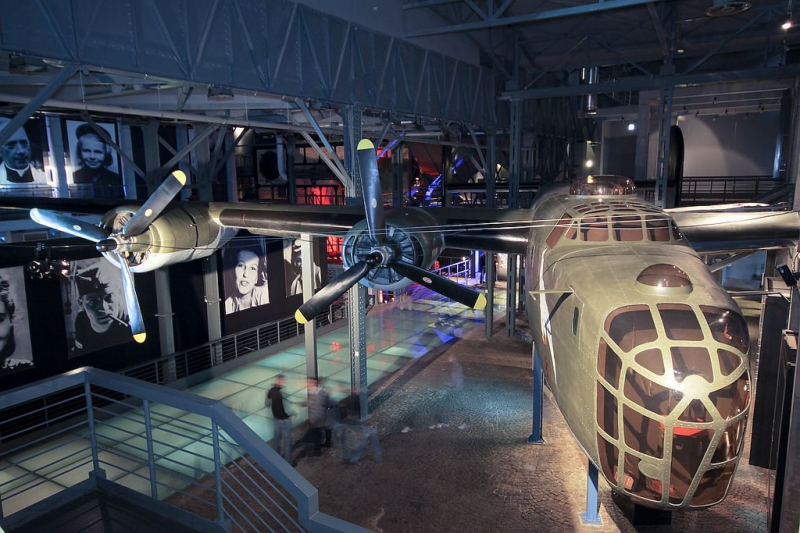
Photo: inyourpocket.com 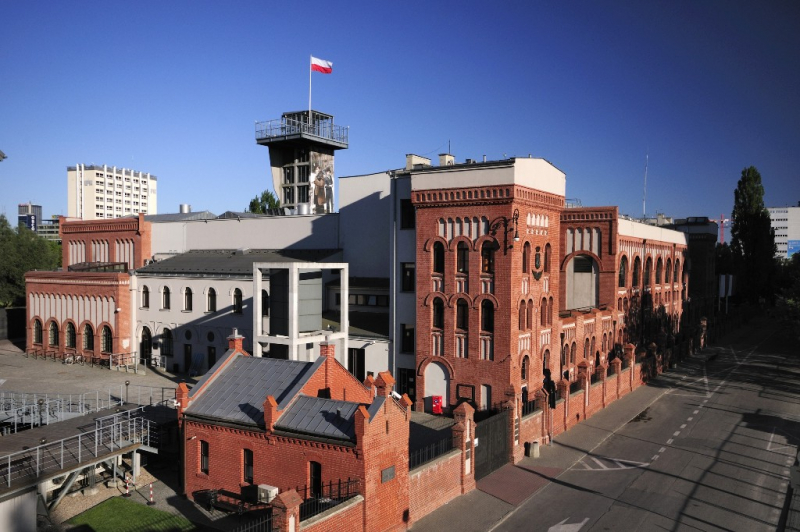
Photo: warsawtour.pl -
Towering over Wawel Hill, Wawel Royal Castle is one of the most beautiful constructions around the world and the world-famous emblem of Poland. Wawel is an architecturally diverse castle, with medieval components interspersed with Baroque and Renaissance flourishes. The castle has long been an important part of Poland's history, and it was one of the first places in the country to be designated as a UNESCO World Heritage Site.
King Sigismund I the Old, who lived in the castle in the 16th century, was a passionate art collector, so it's no surprise that it's now a major art museum, specializing in paintings and curatorial work. Weapons and armor, pottery and ceramics, a large number of fabrics and prints, and a significant amount of period furniture are among the other collections. The museum also features one of Europe's greatest collections of Ottoman tents.
To protect the Castle, the number of visitors each day is limited, hence all admission tickets include an exact entry time. The best time to visit is shortly before closing time, in our opinion.
- Official site: https://wawel.krakow.pl/en
- Location: Wawel 5, 31-001 Kraków, Poland
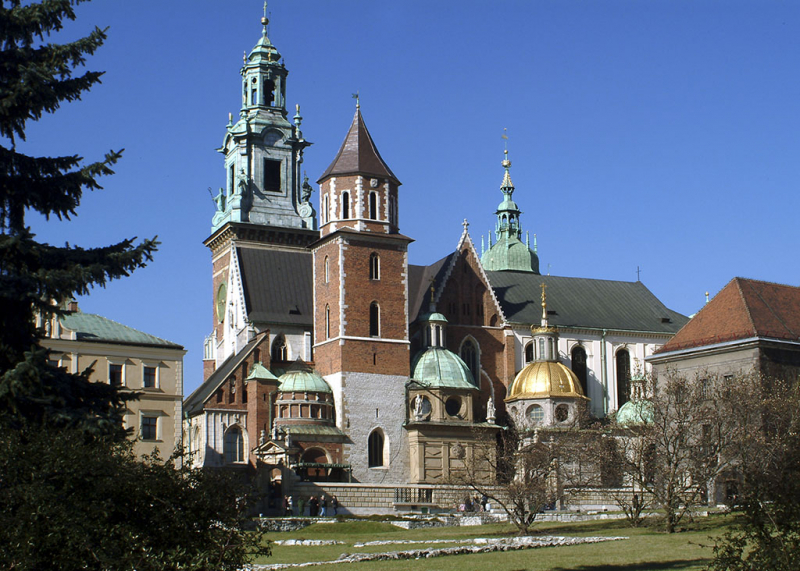
Photo: reneu.eu 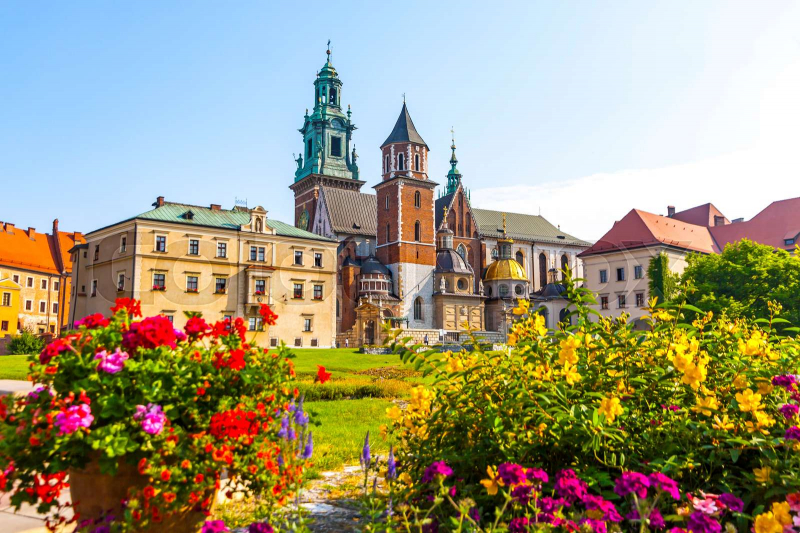
Photo: colourbox.com -
Ojcow National Park is accessed through the tiny settlement of Ojcow, which is located 16 kilometers outside of Krakow. Ojcow National Park is Poland's smallest national park, measuring approximately 21.46 square kilometers and home to towering limestone cliffs, over 400 caverns, and two river basins. The park is selter to over 500 species of butterflies, which take over the paths and floral valleys in the spring and summer, making for a spectacular sight. Ojców National Park is a short drive from Kraków and is little in size but not in beauty. White limestone rock formations sculpted into fascinating shapes by the Prdnik River can be found here.
The Trail of the Eagles' Nests, Poland's most famous tourist and hiking trail, connects 25 castles and watchtowers, including Pieskowa Skala's Renaissance castle and the ruins of a Gothic castle, all of which are inside the park's boundaries. The park also houses two museums, one of which is a branch of the National Art Collection.
- Official site: https://www.ojcow.pl/en/
- Location: Ojców 9, 32-045 Sułoszowa, Poland
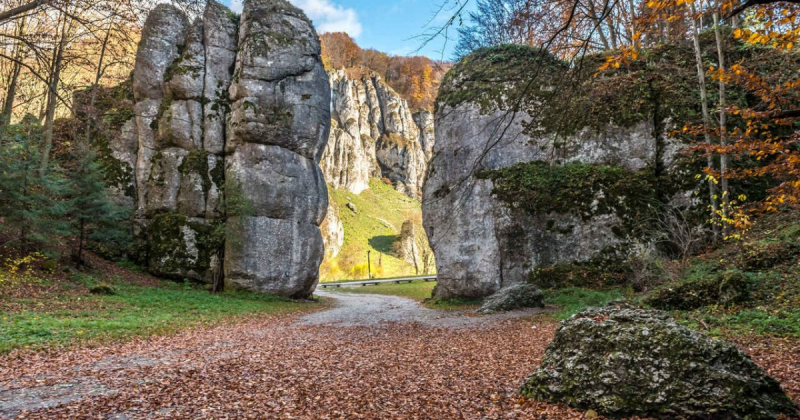
Photo: getyourguide.com 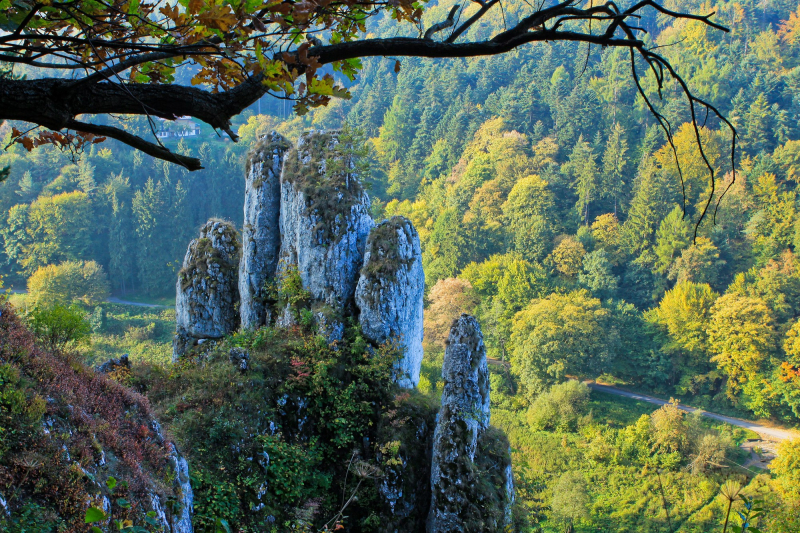
Photo: inyourpocket.com









